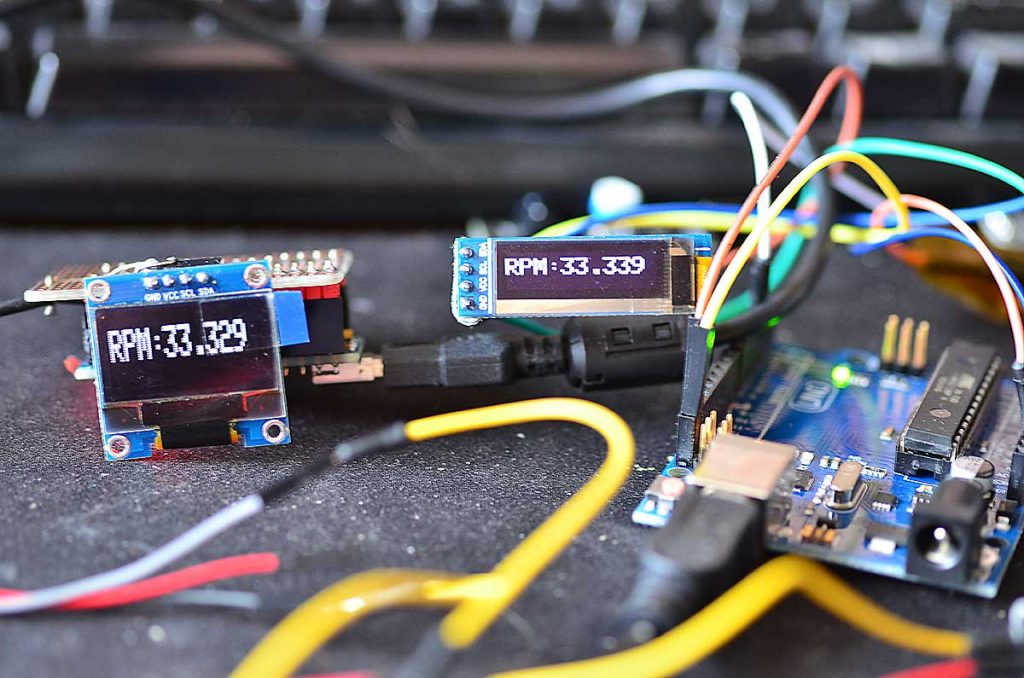
How to Use Tachometer in Power BI for Better Insights?
Share
In today's data-driven world, organizations are constantly seeking ways to visualize their data effectively, and one tool that stands out is the tachometer in Power BI. But how to use tachometer in Power BI efficiently? This article will unveil methodologies, tips, and insights on leveraging this powerful visualization tool.
The tachometer is not just a feature of a car; it's a vital component in data visualization within business intelligence platforms like Power BI. Understanding how to implement it can significantly affect how stakeholders perceive data trends and performance metrics.

What is a Tachometer and Its Relevance in Power BI?
A tachometer is a device that measures the rotation speed of an object. In the realm of Power BI, it can display key performance indicators (KPIs) in a format that's easy to understand at a glance. This visualization can help in tracking performance metrics against established goals.
Implementing the tachometer feature allows professionals to present data in an engaging format, making it easier to convey complex information.
Getting Started: How to Use Tachometer in Power BI
1. Understanding Your Data Requirements
Before jumping into Power BI, it's essential to define what metrics you wish to visualize using a tachometer. Are you focusing on sales performance, production speed, or another metric? Knowing your data requirements is crucial.
2. Setting Up Power BI
To begin, ensure you have the latest version of Power BI Desktop. Install Power BI from the official Microsoft site, and once installed, open a new report.
3. Importing Your Data Source
To utilize the tachometer, you must first import your data. You can connect various data sources, including Excel, SQL Server, or online services. Ensure that the data you import aligns with your specified metrics.
Incorporating and Customizing the Tachometer Visual
4. Finding the Tachometer Visual
On the Power BI visualization pane, search for the tachometer visual. If it's not available by default, consider accessing custom visuals from the AppSource library.
5. Adding the Tachometer to Your Report
Once you have the tachometer visual, drag it onto your report canvas. At this point, you will need to configure it to display the relevant metrics.
6. Configuring Values and Targets
Input the values you wish to measure. This could be the current sales figure, production metric, or any relevant number. Additionally, set target metrics that indicate the goal for your tachometer, which allows you to measure performance against these targets.
Design and Customization Options
7. Customizing Appearance
Power BI provides various customization options for your tachometer. Feel free to modify colors, tick marks, and ranges that accurately represent your desired output.
Color Schemes: Use contrasting colors to emphasize positive versus negative performance. Tick Marks: Adequate tick mark placement helps in easily understanding the value zones on the tachometer, which enhances user experience.8. Adding Tooltips and Interactivity
Enhance user engagement by adding tooltips that provide more context when a user hovers over the tachometer. This can include detailed metrics, historical data, and additional insights that accompany the primary data visualization.
Examples of Use Cases for Tachometers
9. Business Performance Tracking
Companies can utilize tachometers to measure KPIs such as sales performance, customer acquisition rate, or operational efficiency. This provides a real-time performance snapshot.
10. Project Management Insights
Project managers can effectively use tachometers to visualize project progress against timelines, showcasing completed stages and future targets.
Best Practices for Utilizing Tachometers
11. Keep It Simple
The primary goal is to ensure that the tachometer conveys information clearly and concisely. Avoid overcrowding it with too many details or metrics, which can dilute its effectiveness.
12. Regular Updates and Reviews
Incorporate regular reviews of the metrics displayed on the tachometer. Doing so enhances accuracy and relevance, ensuring that stakeholders base their decisions on the most current data.
Common Challenges and Solutions
13. Data Accuracy Issues
Ensuring that the data you input into the tachometer visual is accurate is crucial. Regularly validate your data sources and refresh your inputs to maintain precision.
14. User Adoption Resistance
Sometimes users may be resistant to new visualization methods. Engage your team by demonstrating the advantages of the tachometer, providing training sessions or tutorials to ease the transition.
Learning Resources
For further reading and best practices regarding tachometers, consider these insightful articles: How a Tachometer Works, Fix Tachometer Issues, and Tachometer on Wikipedia.
Conclusion
Utilizing a tachometer in Power BI can significantly enhance your data presentation and insights. By effectively employing this tool, you simplify complex data, provide actionable insights, and facilitate informed decision-making.

FAQs
1. What is the importance of a tachometer in data visualization?
A tachometer helps visualize performance metrics at a glance, allowing quick assessments of progress against targets.
2. Can I customize the tachometer appearance in Power BI?
Yes, Power BI allows for extensive customization in terms of colors, tick marks, and values.
3. Is the tachometer visual available by default in Power BI?
If it's not available, you can access custom visuals from the AppSource library.
